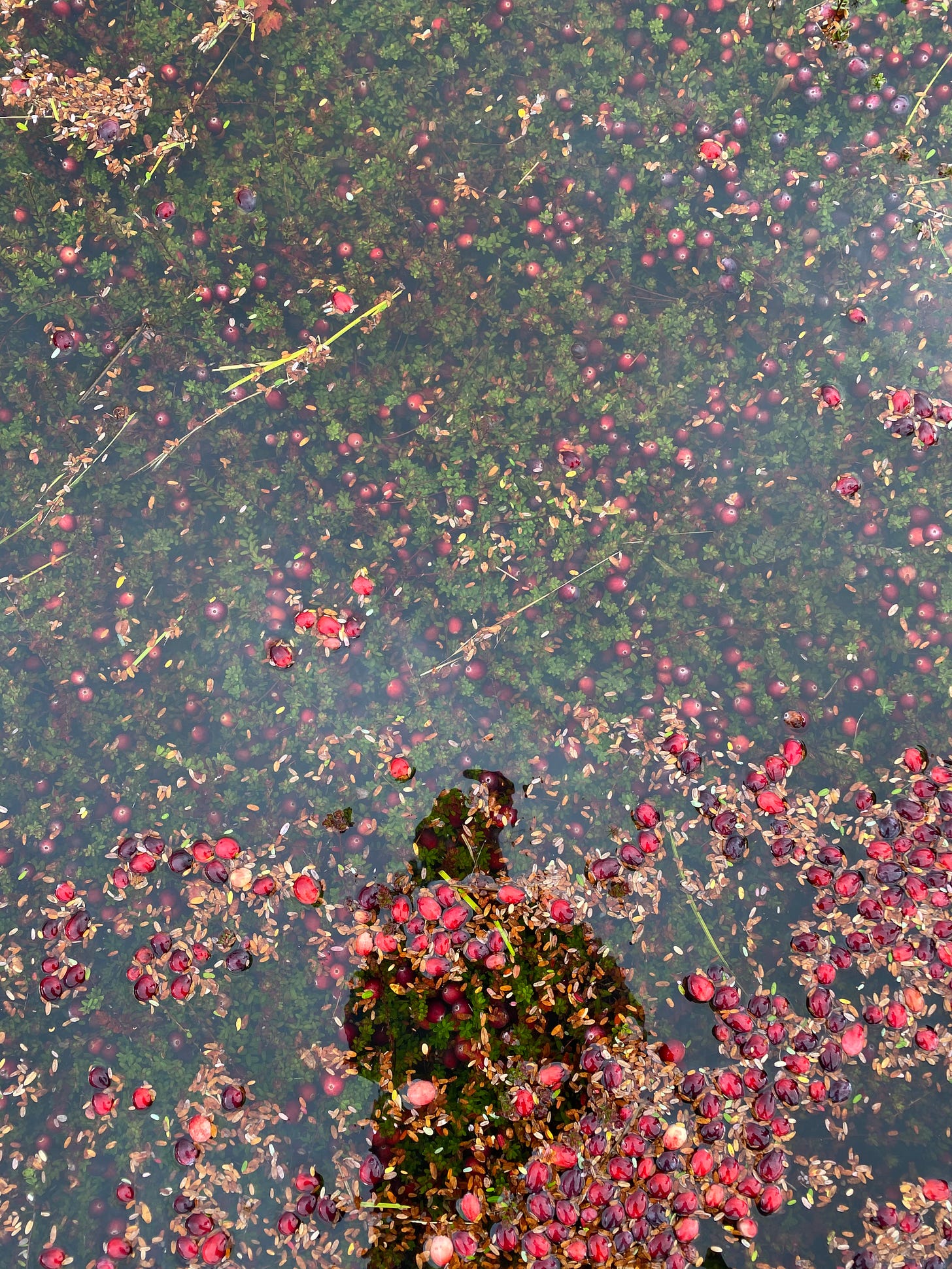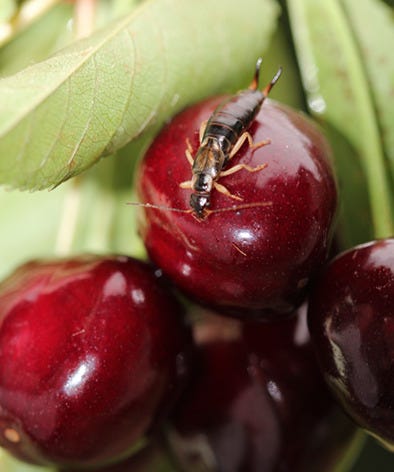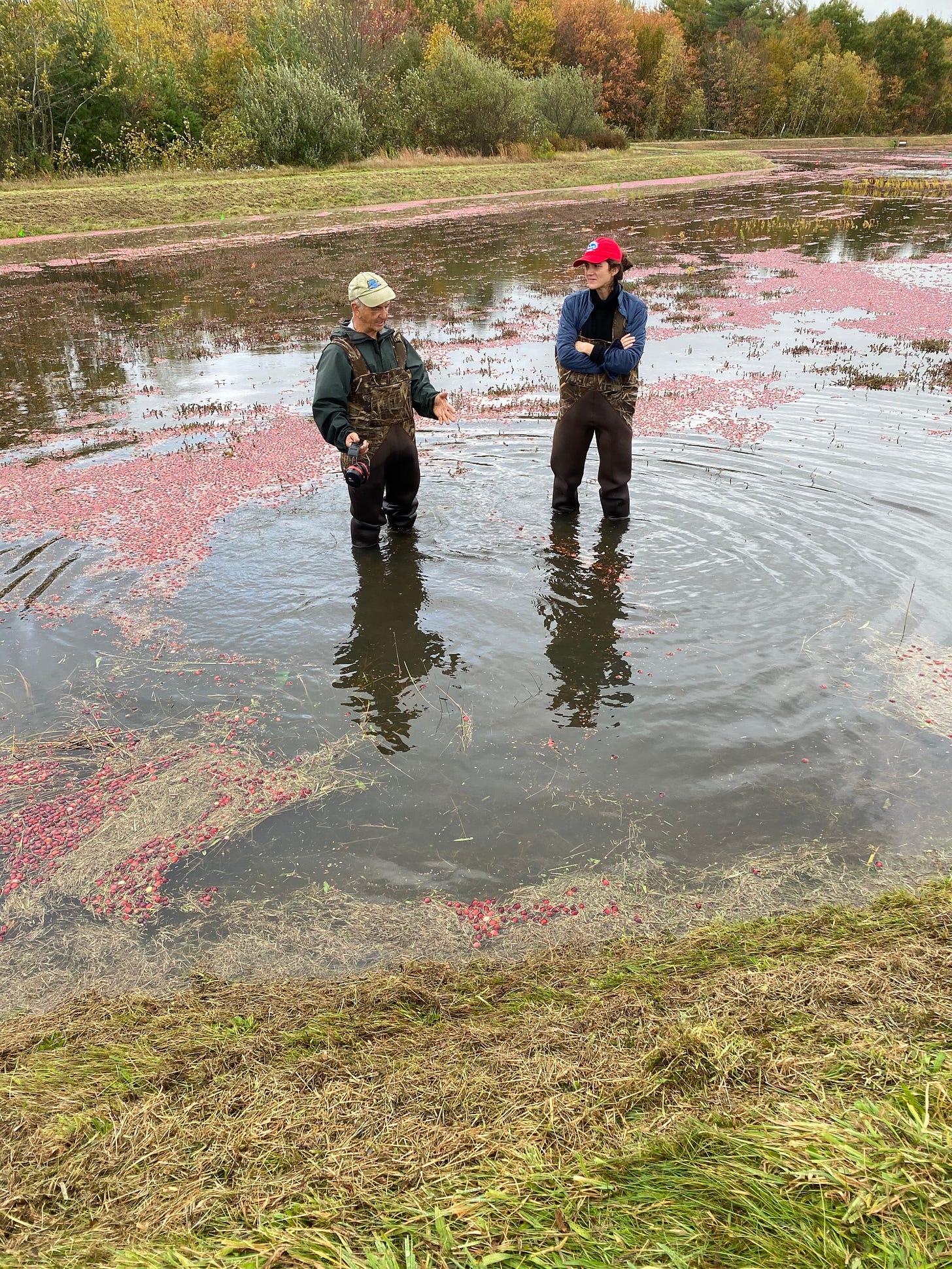News from a Changing Planet --#43--The Science of Farming
Why government research into how our food is grown and the scientists who carry it out are so important to our daily lives, whether we realize it or not.

Several months ago, I had the opportunity to interview Rebecca Schmidt-Jeffris, an entomologist who works for the United States Department of Agriculture (USDA) Agricultural Research Service because I wanted to highlight her work and the work of government scientists in general in this newsletter.
I often forget that there are lots of scientists who work in various departments of the federal government and in state agencies too, but it is rather insane that I am able to take their work for granted at all. I’m not only talking about obvious agencies like NASA, NOAA, and the Department of Energy, but in the agriculture department (for example), the Environmental Protection Agency, or the Department of Interior. The private sector often gets all the credit for innovation, but so much of the basic science research they build on was begun by government scientists or funded by the government, which can make the kind of investments that private companies or start-ups can’t afford.
So last summer, I saw that Dr. Schmidt-Jeffris was going to receive a Samuel J. Herman Service to America medal from the Partnership for Public Service, which led me to read more about her work and reach out to her.
One of the things she does is help nature help us, by getting natural predators to do pest control on valuable crops, instead of resorting to chemical insecticides. Much of her work has been focused on helping apple growers, which appealed to me as an Apple Fanatic™ (Macouns Only Please But Will Settle for Cortlands If I Have To™).
She does this work in Washington State (which does not grow Macouns but I will soldier on), which grows about 70 percent of the country’s apples, including about 90 percent of its organic apples. By using natural predators to control pests, her work has saved the apple industry $16.5 million annually and reduced the need to use pesticides.
One example: She found that earwigs can be taken from cherry trees, where they are harmful, and brought to apple and pear orchards, where they eat the pests that eat the apples and pears without causing damage to those trees.
A lot of the work she does, she told me, is testing the methods that farmers have come upon through years of observation and experimentation, and adding data and evidence to what they have learned on the ground.

Farmers know that reducing insecticides and pesticides is good for business in the long run, but it can take longer to be effective. Limiting our dependence on chemicals makes it less likely pests will develop immunity to them, keeps soil and water and growers healthier, but a big part of the challenge is convincing growers that changing methods won’t hurt their bottom line.
(As a side note, it is very difficult to grow certain crops organically in certain parts of the country because of certain climatic conditions. In the Northeast, for example, it’s basically impossible to grow apples organically because of how wet it is here, and because of the pest and disease pressure. Climate change will make all of those factors even more difficult for growers to deal with.)
Her research has grown out of interest in insect biology, and dedicated application of the scientific method to the real-world lab of the agriculture industry in America.
It may be hard sometimes to see why taxpayer dollars should be spent on research into insect biology, but there are implications here for all of us. Finding the most effective predators to reduce pest pressure by natural means in the long run is not the kind of thing that industry will fund, because the financial gains are not immediate but they are there: less input costs, less labor costs, and more product (in this case, apples!) which means more money for the growers. It’s better for all of us if our food system benefits the people who grow the food we actually eat (not the corn and soy that we don’t). And then there are the other gains that are very clearly valuable to all of us: clean air, clean water, more biodiversity, healthier farm workers.

Something I try to remember since I read a book on old farms (Old Farms: An Illustrated Guide by John Vince) a few years ago (we all have our quirks!), which is no great revelation on my part, but feels important to think about every so often: most of us are able to do what we do for a living or go to school or have time for leisure at all because someone else grows our food or figures out the best way to make sure that there is food, and, if we’re lucky, that it’s grown in ways that are good for the soil and the water and the bees and the animals and the people who work on the farms.
I feel that I am free -- to get to be a writer, to live the life that I want -- because of farmers in the US and around the world who do that hard work, and the scientists like Dr. Schmidt-Jeffris who support them and help them find ways to do it better, even as it becomes more and more difficult to make a living, both because of the consolidation of the food industry and climate change.

I’ve been lucky to meet growers over the years like the Rogers family in Connecticut (best apples of all time, particularly Macouns; incredible donuts also) and the McCaffreys in East Taunton, MA (cranberry growers extraordinaires) and talked to many others. They have all been generous with their time and their knowledge, funny and smart and secure in the sense that what they do is important even if other people take it for granted.
Thanks for reading!
Tatiana




this is so important! fascinating about earwigs being uncool for cherries but cool for apples + pears. (also an apple fanatic, check out Thompson + Finch Farm in the Hudson River Valley -- organic!)